Opinion: Flipped Classrooms Should Flip Back
The flipped classroom teaching method increases students’ screen time because students use their Chromebook for assignments at school and then to watch lessons at night.
October 13, 2022
The flipped classroom method is a way of teaching where students are instructed to learn material outside of the classroom and strictly designating class time as homework time. Therefore making the lesson the homework and spending class time doing the assigned work for the lesson.
The flipped classroom method of teaching is not an effective way to teach students.
Many aspects of the flipped classroom method can be compared to learning during quarantine which did not lead to effective learning.
During quarantine in 2020, students often relied on the internet and/or friends for help with assignments and learning due to the insufficient amount of time they had face-to-face with teachers. In a flipped classroom where lectures, readings and notes are done out of class by students themselves, they don’t have the opportunity to ask as many questions, similar to the way that students who struggled during quarantine didn’t either. A study done by the U.S. Department of Education found that in-person learning led to better academic outcomes. In essence, many aspects of the flipped classroom method can be compared to learning during quarantine which did not lead to effective learning. Doing group work, independent study, or work for the day is more beneficial in class where students have the opportunity to engage in class discussions and active learning. Having the ability to be assisted by teachers and peers while doing the assignment is vital in long-term understanding of the topic as a whole, and encourages students to ask questions and be involved in the learning process.
Using the flipped classroom method is not only more work for students, but teachers as well. It requires more upfront planning, promotes a lazy learning environment and it will continue to encourage excessive amounts of screen time a day for students. On the teacher’s end, they have to assign lectures, videos, notes, etc, while possibly having to make them as well. Once assigned, they’ll have to rely on students to actually watch and study. However, if a student doesn’t complete what was assigned before class starts, they will get behind faster. They will have to study, then do the work at home, and lastly study for the next day’s assignment. Hypothetically speaking, if a student were to attend six core classes a day, and they were all practicing the flipped classroom method, that is six classes full of notes, videos and lectures they’ll have to complete outside of class. At this point, they will not only be using school issued electronic devices during class for work, but they’ll be using it as soon as they get home for however long it takes them to finish studying. This also presents the problem of students not having Wi-Fi, which means teachers will either have to print out multiple copies of notes, or they’ll have to do something different than those with Wi-Fi. Then there are students who have a job. These students can do homework in other classes and at night, but having to watch videos and tediously copy down notes can’t be done in many other classes, and it will take up a lot of time at night. Teachers shouldn’t take advantage of the flipped classroom method so they can focus on other activities during the day, while leaving students with busy work.
Teachers should go through the lessons in class, take questions, engage with the students, show examples and then assign homework, so that students can begin assignments knowing the material.
An alleged advantage of using the flipped classroom method is that students can learn at their own pace and familiarize themselves with the process of self-study. However, they aren’t truly learning at their own pace if they’re rushed to finish each lesson at night to do the assignment the next day. It is ultimately homework due at the beginning of class. That is not self-paced. Teachers should go through the lessons in class, take questions, engage with the students, show examples and then assign homework, so that students can begin assignments knowing the material. Using the flipped classroom doesn’t automatically ensure that all students will come to class having completed the lesson, but if the lesson was taught in class, teachers would have eyes on every student ensuring that they’re receiving the same information as everyone else.
The flipped classroom should not be used at the high school level due to the amount of screen time required, the lack of access students will have, the promotion of a lazy learning environment, and the dependence on students to have time and actually complete the lessons.

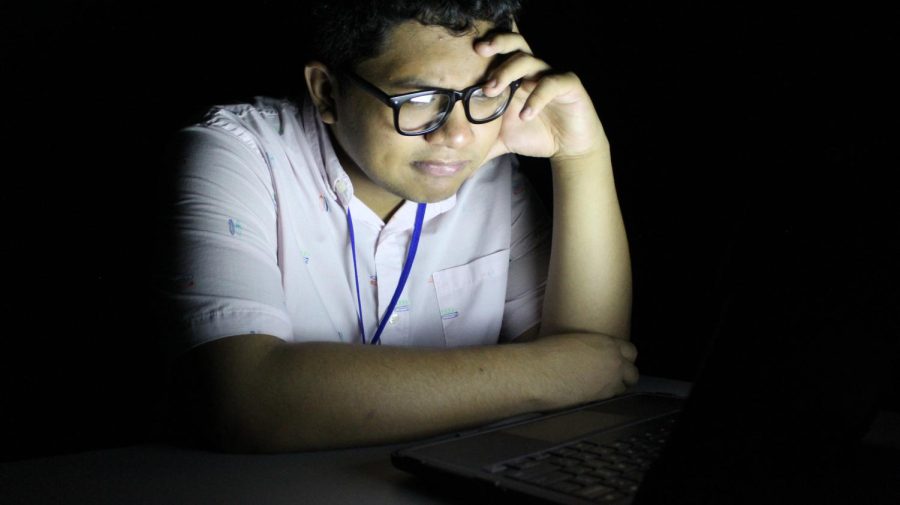

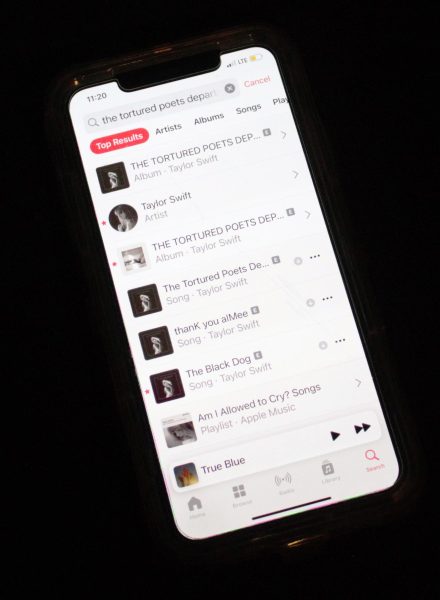


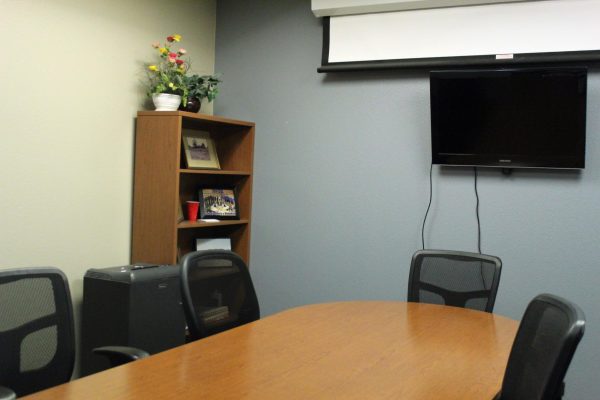
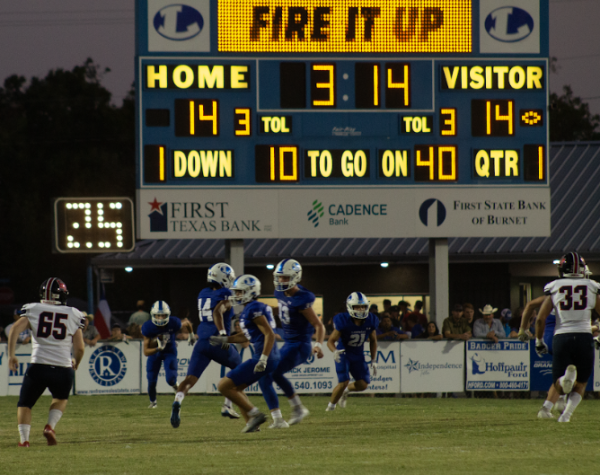
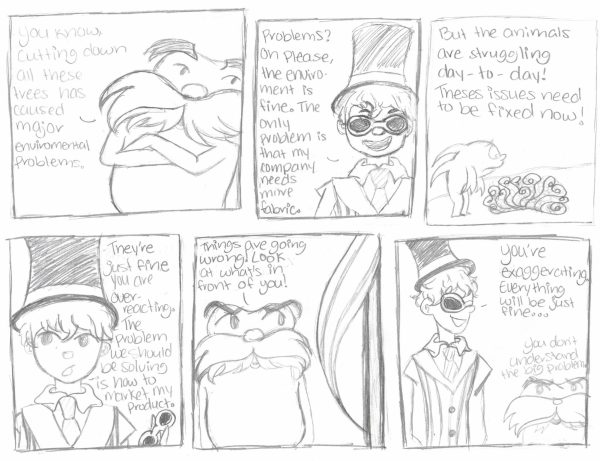


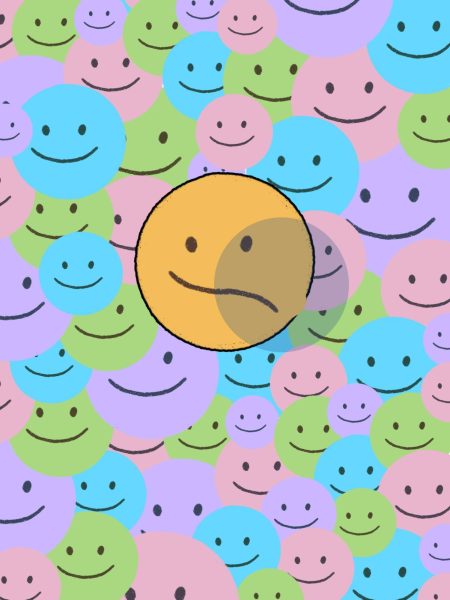
Katie Johnson • Oct 18, 2022 at 8:25 am
Amelia always slays!